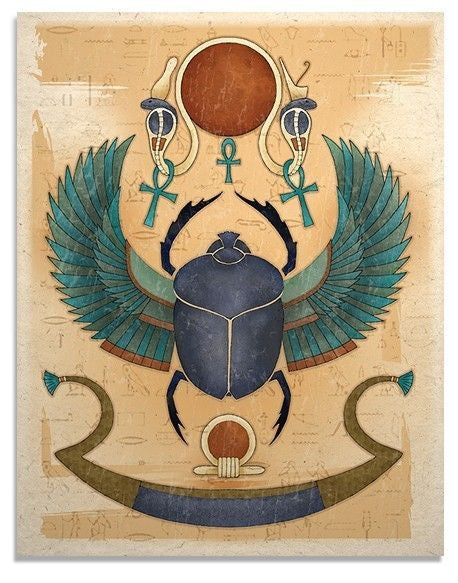
A solid choice
Share
You might have seen that at 1200hrs (GMT) Tuesday 31st January we will be releasing a brand new product, something called solid cologne.
"I don't wish to sound ignorant, but what's solid cologne?" has been a common question asked of us in recent weeks and so it got me thinking; what are the origins of our natty little solids?
If you look in to the distant history of perfumes and scent, a lot of sources will say that the art of making perfume began in ancient Mesopotamia and Egypt, whilst some offer that the history of perfumery is as old as humanity itself.
Placing conjecture to one side we can see that unguents, that is to say, some form of scented animal fat / resin, were an important development in perfumery.
Pedanius Dioscorides was a Greek pharmacologist, botanist and physician who was gainfully employed as a surgeon by the Roman Army circa 40 AD. He is the source for the below solid perfume preparation that was known as 'Amarakinon':
|
908g Ox fat 1.5 litres wine 1.816kg Jujube seeds 454g Bruised aspalathos 1.816kg Marjoram flowers 28g Myrrh |
Go back further still and we know that the Egyptian Pharaoh, Tutankhamun ruled around the period of 1330 BC and that he was buried with, amongst many other incredible artefacts, 350 litres of scented oil and fat that were contained within the below depicted alabaster jars.

We also know that most of these items were plundered, but nevertheless, a substantial amount of his scented unguent was left. Analysis of one of the jars showed 450g of scent remained and comprised of the following:
|
87.7% fatty matter (most likely animal fat) 12.3% resin Incredibly, this unguent still gave a faint odour that has been described as coconut or flowers of broom (vanilla scent profile). |
Back further still, and record shows that the San people of South Africa used dried and powdered leaves from the buchu plant and mixed them with sheep fat; this herbal smelling unguent was then used to anoint the body.

Buchu is sometimes also used as a collective name for dried herbs among the San, and so some speculate that these mixtures could have been more complex than just that.
The Namibian Himba people have for millennia used butterfat, umumbiri (Namibian Myrrh) and ohcre to anoint their bodies. It is also known that at the site of the Blombos Cave in the Eastern Cape, archaeologists discovered pieces of ochre with engravings on them.
These items have been dated to roughly 70,000 years ago, making them the oldest known art on Earth.
Is it possible then that the collection and processing of ochre for ritualistic purposes might suggest that unguents were also being made in South Africa during the same period?
Fast forward to 2017 AD, Hitchin, Hertfordshire, England..
For our own version of solid cologne we decided to omit the use of animal fat and instead plumped for one of our favourite natural substances, cera alba (organic beeswax to you and me).
To help the wax stay more malleable and to also assist your skin in absorbing it we add a quantity of another skin loving wonder ingredient, and that's organic safflower oil.
Our solid cologne is a wonderful product that travels well, will (depending on how much you use) last a couple of hours per application and can be "tuned" to your scent strength preference via the application of multiple layers.
It's also far better for your skin when compared to conventional alcohol based scents.
We love it and hope you do too.
Thanks for reading,
Kerry.


1 comment
Haalhlujle! I needed this-you’re my savior.